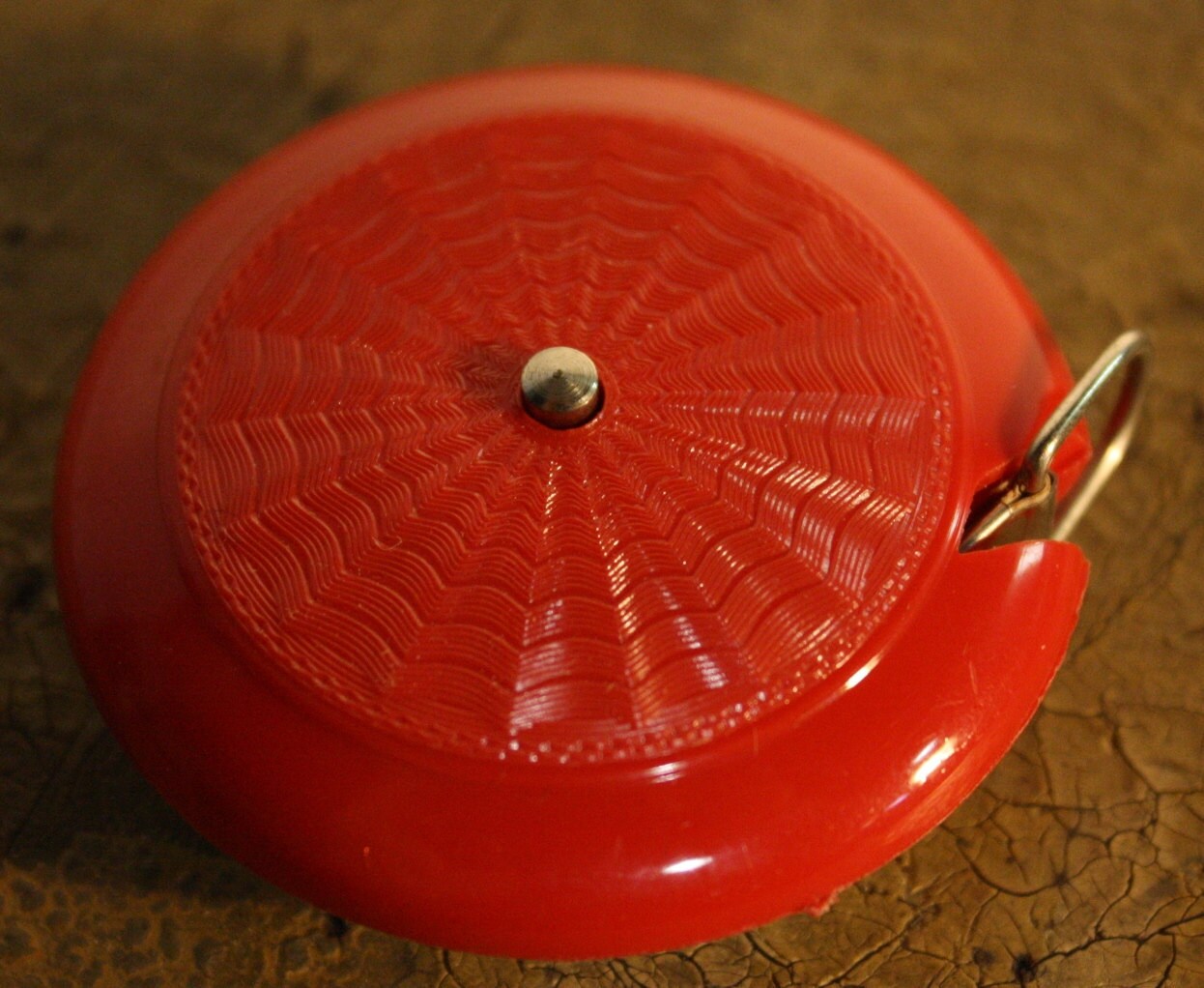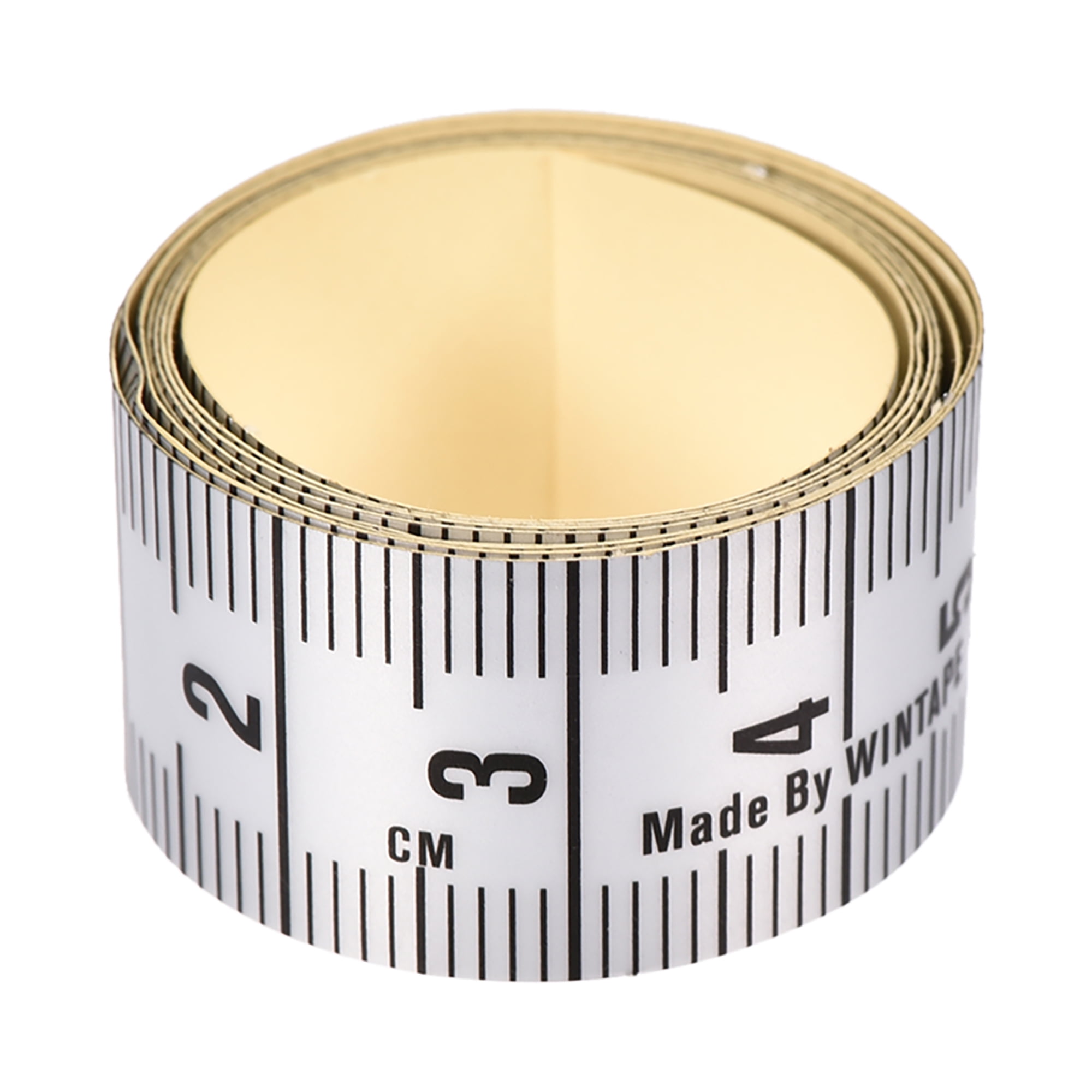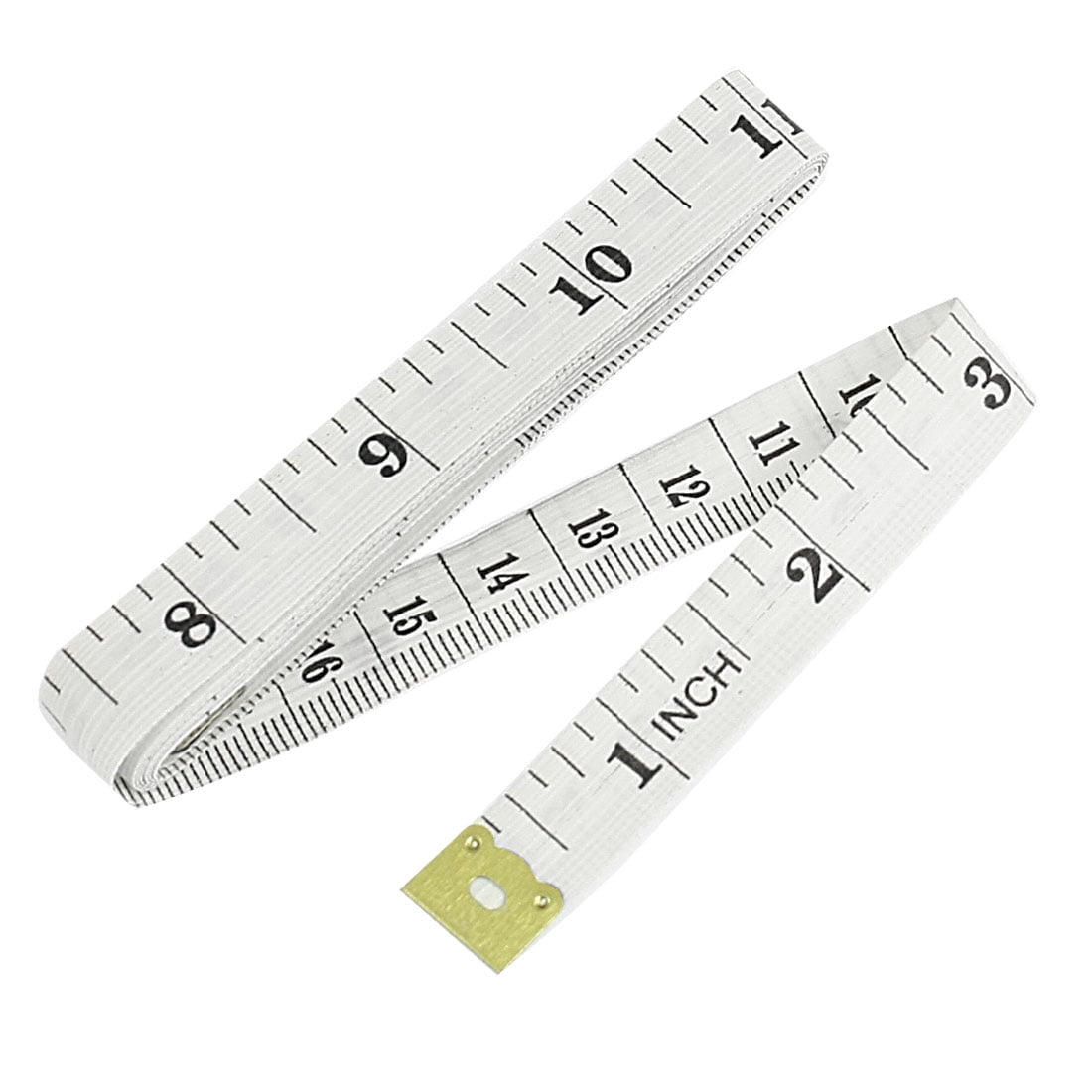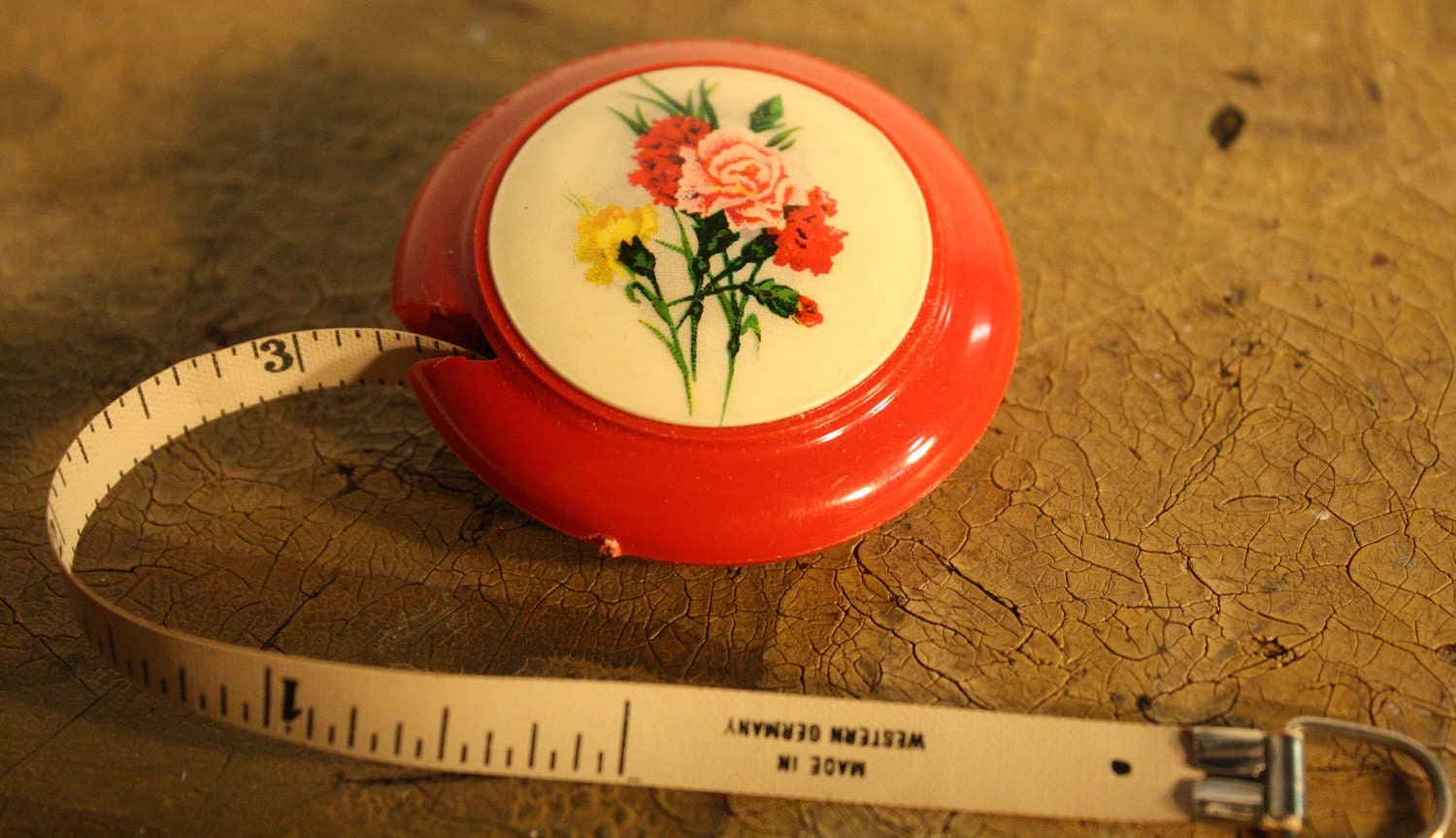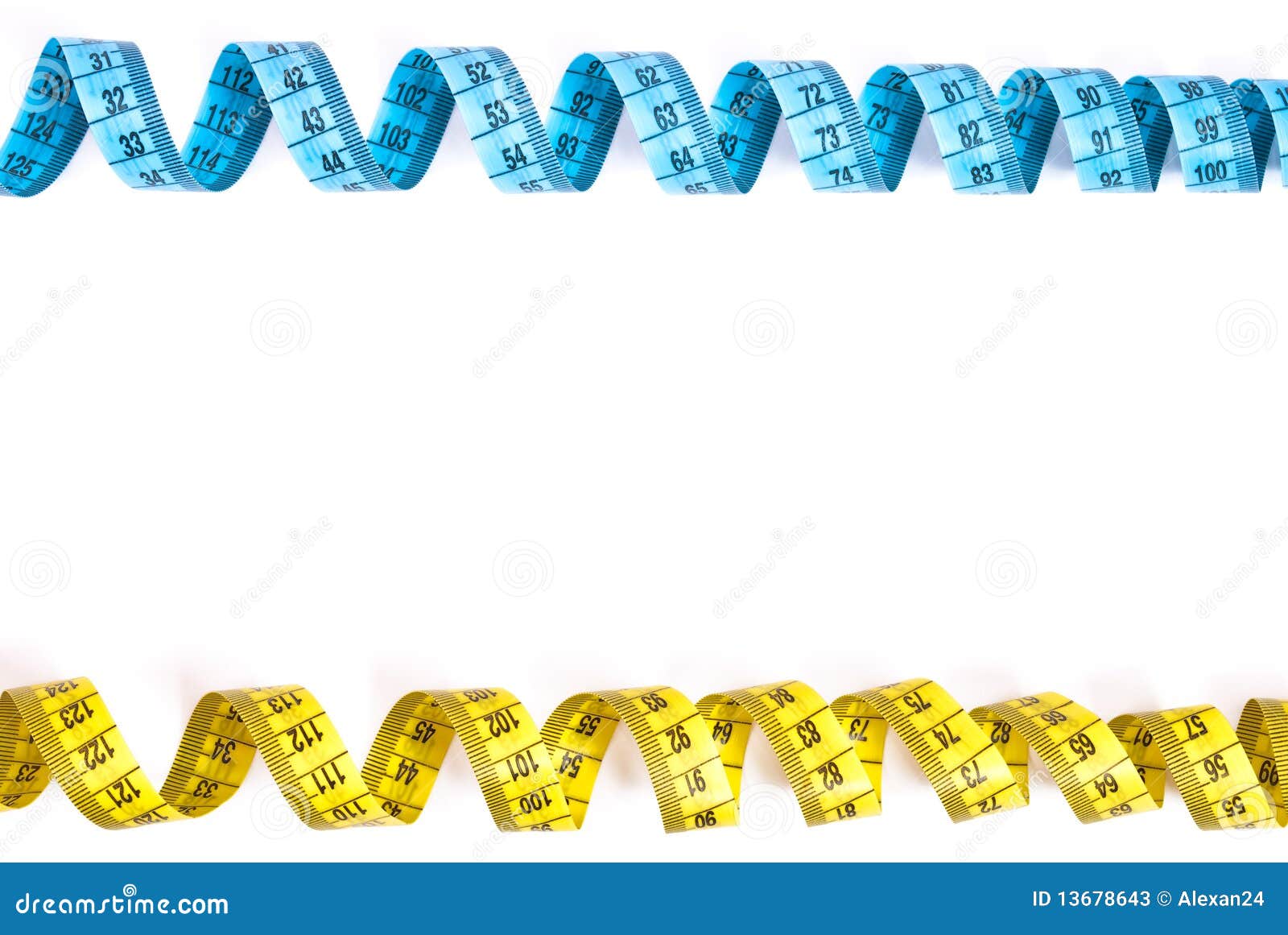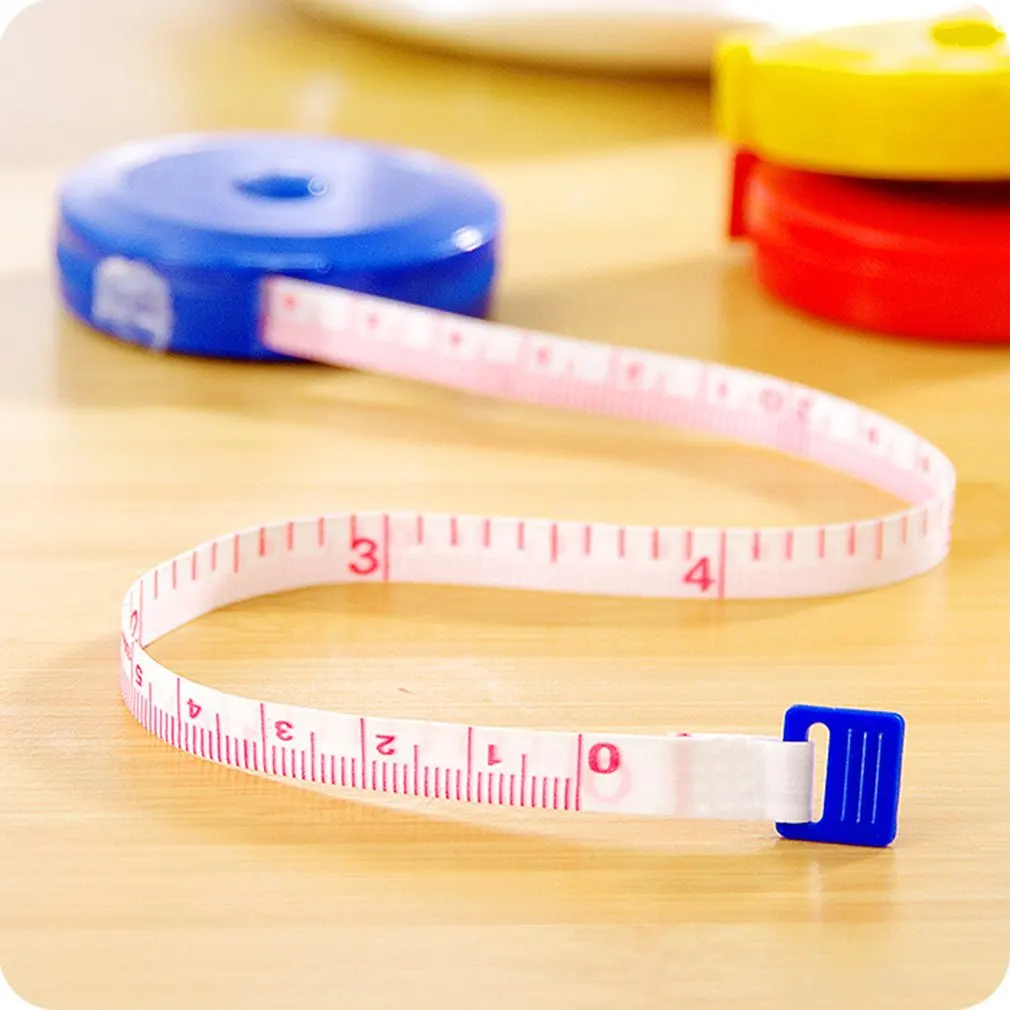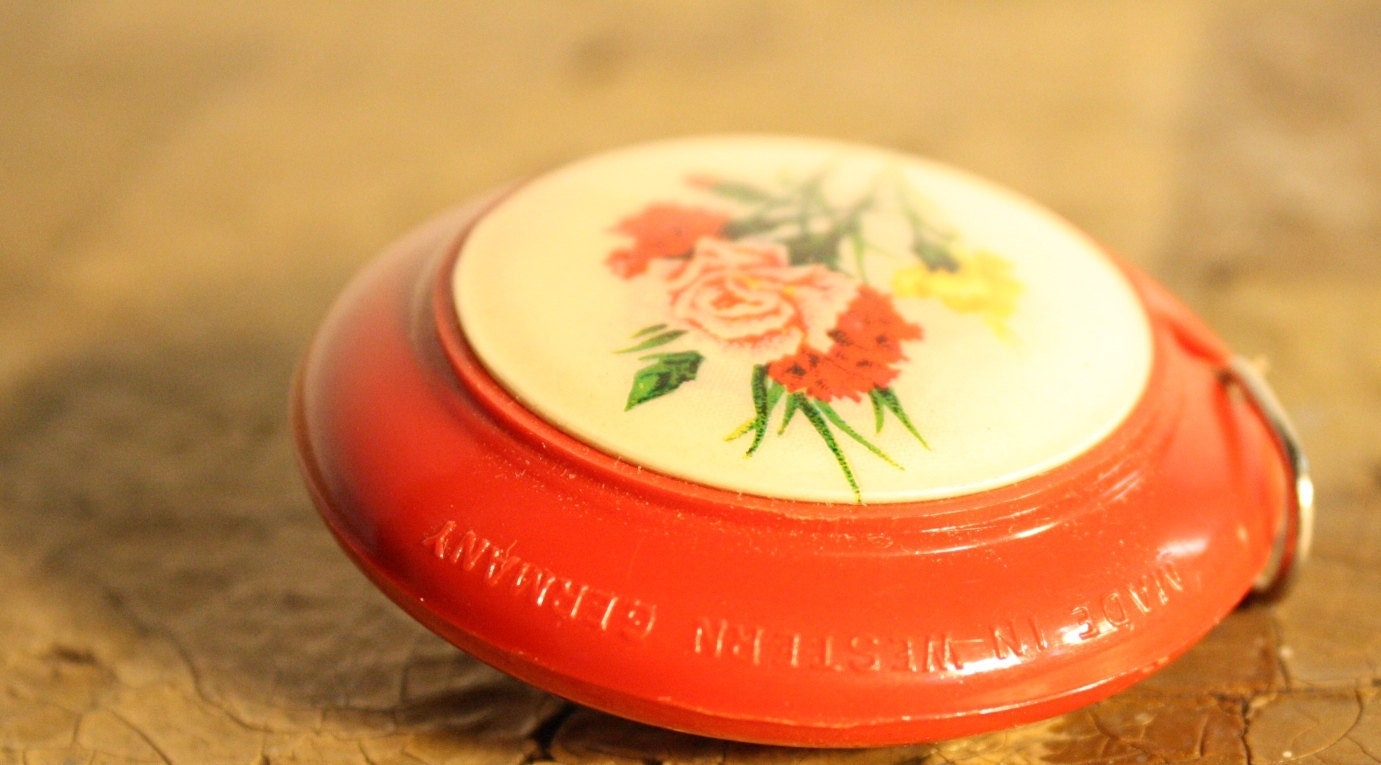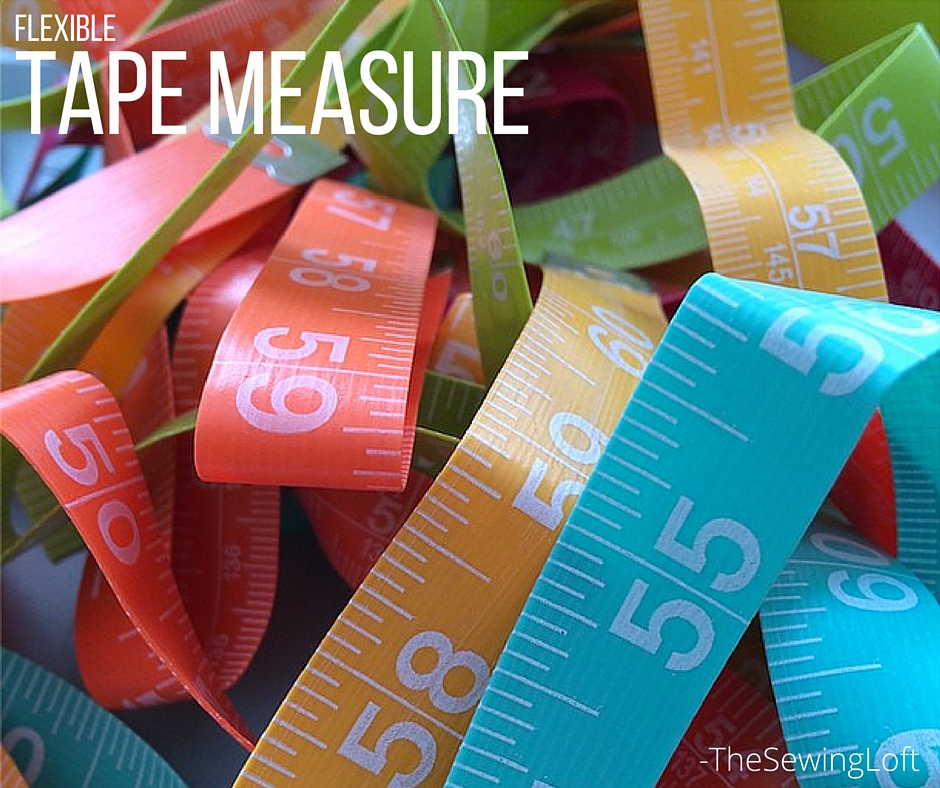Tape measures are often designed for specific uses or trades. Tapes may have different scales, be made of different materials, and be of different lengths depending on the intended use. Tape measures that were intended for use in tailoring or dressmaking were made from flexible cloth or plastic.
These types of tape measures were mainly used for the measuring of the subject's waist line. Today, measuring tapes made for sewing are made of fiberglass, which does not tear or stretch as easily. This type of tape measure will have a floating tang or hook on the end to aid measuring. A tape measure of 25 or even 100 feet can wind into a relatively small container. The self-marking tape measure allows the user an accurate one hand measure.
A tape measure is effectively a flexible ruler that is usually sprung on a retractable mechanism for easy storage, helping to measure the distance or size of any space or object. With linear-measured markings usually covering a number of different scales, a measuring tape can be many different materials. Flexible fabric options are great for accurate measurements across circular or jagged surfaces. Measure tapes often have a floating tang or hook at the end, sometimes magnetic, to secure them in place when in use which is ideal if working alone or in awkward spaces.
A tape measure, or measuring tape is a type of hand tool typically used to measure distance or size. It is like a much longer flexible ruler consisting of a case, thumb lock, blade/tape, hook, and sometimes a belt clip. A tape measure will have imperial readings, metric readings or both. They are a common measuring tool used in both professional trades and simply around the home. Tyre shaped pink retractable tape measure a 5-foot soft vinyl type tape which is very durable and allows for multiple measurements. This tape shows inches and centimeters as well to make simple conversions easy for seamstresses or tailors.
Unlike architects and carpenters, tailors use soft tapes. The sewing tapes are a soft measuring tape used by tailors. Tailors need to note down the readings of measurements of chest, waists, or the other parts of a body. Such a tape needs to be flexible so that it encircles around a body part and also around the neck of the tailor. Sewing measuring tapes measure between 1.5 to 3 meters in length.
If you are looking for such a tape, Crown and c are two brands that you can opt for. The sale of dual Metric/US Customary scale measuring tapes is slowly becoming common in the United States. For example, in some Walmarts there are Hyper Tough brand tapes available in both US customary units and Metric units. So, the inclusion of a metric scale requires the measuring device either to contain 3 scales of measurement or the elimination of one of the US Customary scales. Just as you would with a retractable tape measure, look for the spot where the end of the object or distance you're measuring lines up with the tape measure. If the tape measure stretches exactly halfway between the 27 and 28 inch markings, this means that your arm is 27.5 inches long.
It consists of a ribbon of cloth, plastic, fibre glass, or metal strip with linear-measurement markings. Its design allows for a measure of great length to be easily carried in pocket or toolkit and permits one to measure around curves or corners. Today it is ubiquitous, even appearing in miniature form as a keychain fob, or novelty item.
Surveyors use tape measures in lengths of over 100 m. High-quality plastic and polyester with fiberglass combination makes its a durable sewing tape measure. This tape is fully white with a bold black marking of the scale making the measuring solid and accurate reading.
Are you tired with your tape measure because you need to flip it frequently to get the reading of inches and centimeters? This is one of our best sewing tape measures because of its usability from either side. A tape measure is a cloth, plastic, fiberglass, or metal ribbon with linear-measurement markings. Tailors and carpenters use them along with numerous other professions.
A tape measure is also good for measuring around corners and/or curves. A measuring tape is useful for landscape design, construction, interior design, and many other things. Today, it is commonplace to see them in miniature form on a keychain or as another kind of novelty. The standout feature of this sewing tape measure are the guides that come with it as well as the secure technology that keeps your hands free when measuring. This pink tape measure reaches 14 feet long and is fiberglass reinforced, to ensure accurate measuring. Singer is the go-to brand when it comes to everything sewing related, having more than 170 years of experience under its belt.
That said, it's a sure bet that their retractable pocket tape measure is a reliable product when you're looking for something simple, easy, and to the point. This bright red circular casing houses a 60-inch retractable tape measure that extends and locks and then is easily retracted with the push of the center plastic button. In a bright red hue, it will stand out among your sewing kit, ensuring that it won't be easily lost or misplaced. The measuring tapes are made of curved and flexible ribbons of metal that can be retracted into a coil and stored conveniently in its casing. These tapes are known as retractable tape measures and are more often used for home improvement. In order to accomplish your sewing goals, select the best sewing ruler and understand the different types of measuring tape so you buy the right measuring tools for your projects.
While choosing the best tape measure, determine whether you need a flexible tape measure or a retractable tape measure. The tape measure for sewing is usually soft and flexible strip/ribbon with linear-measurement markings made mostly from reinforced polyester or fiberglass. These tapes measure in both inches and centimeters by 1/2 inch increments and at intervals of 1 cm in millimeters. Making mistakes in sewing is all okay until it's a mistake of measurement markings as most of the time, this mistake is incorrigible. This is why having a standard tape measure in your sewing kit is a must.
Therefore, today, we will be introducing you to some of the best sewing tape measures of all time. A measuring tape recoils through a retraction system inside the unit. A retractable tape measure has a flat spring wrapped around a spindle near the middle of the tape. Problems frequently appear when the blade is split or otherwise broken. When the tape is pulled, the defect hooks on the case, stopping the tape from moving. If the flat metal clip on the end comes loose or gets bent — typically from dropping the tape — it results in inaccurate measurements.
Are you looking for a measuring tape that is handy, easy to use, a go-to tool for every day, and convenient for outdoor usage? This set of two measuring tapes can be used for body, fabric, sewing, tailor, cloth knitting, and home craft measurements. One of the main qualities of this tape is that you can save yourself from the hassles of retracting the tape back. A tape measure, also called measuring tape, is a type of flexible ruler.
Tape measures are made from a variety of materials, including fiber glass, plastic and cloth. They are among the most common measuring tools used today. This RayTour black and white classic sewing tape measure is the overall best product for you for any kind of measurement in the sewing and dressmaking industry. It's a retractable but flexible and durable tape which is of standard size and length and this tape has an inch and CM both scales for accurate measure.
While tape measures that have plastic tapes are going to be fairly inexpensive, they are not going to be sturdy and durable enough to stand up to a lot of use without problems. This will lead to inaccurate measurements and can cause you to make major mistakes when working on a project. To read a measuring tape, line the zero mark up at the edge of the item you're measuring, then stretch the tape all the way across the item. Try to keep the tape straight to ensure an accurate measurement! Then, look at the point where the tape meets the end of the item you're measuring and read the nearest large number.
The large numbers are the units you're measuring, like inches or centimeters, and the markings between the large numbers correspond to fractions of that unit. If measuring around a round object, pinch the tape where it overlaps. One advantage of ribbon-style tape measures over retractable tape measures is that their flexibility allows them to measure around objects.
If it is, for instance, six inches at this point, then your wrist has a circumference of about six inches. We carry huge supplies of Haberdashery and Tape Measures. We know how important a good tape measure is when dressmaking, sewing or crafting.
Our range of measuring tapes are accurate with imperial and metric measurements for precise sewing projects. You will see a foot designation marked every 12 inches . When I started to sew and for a long time afterwards I just knew the main marks in the tape measure. Something as basic as this should be taught in the school rather than some other nonsense that I learned in school, which I never found a use afterwards. In this age of laser measuring tapes , electronic tape measures and measuring tape apps , and easy paper patterns one may wonder at the use of the ordinary tape measures. But for me it is one of the most useful and necessary sewing tool.
Pay attention to the material of the tape – it must be strong to serve you as long as possible without stretching. Modern professional tapes are made of fiberglass and NEVER stretch. When choosing a tape measure for sewing, remember that it should be soft and flexible.
A rigid measuring tape will not fit on your body or on a pattern and fabric and all measurements will turn out to be incorrect. In this package, you will have one soft fashion pink tape measure and one black retractable tape measure. Both are simply perfect for body fabric sewing, tailoring, cloth knitting and craft measurements.
A tape measure usually has two different measurement systems on it. This is a mix of the inch system and the metric system. Most manufacturers have opted to use both systems, for whatever reason. Even though modern-day measurements are usually taken in inches, some do not, so the calibrations stay. The top half of a tape measure is usually in inches, broken into eighth and sixteenth of an inch increments.
The bottom half of the tape is divided into centimeters and millimeters. The large numbers on the top represent inches, while the little marks between the numbers represent increments of an inch mentioned earlier. For example, a 16-foot tape measure has 16-1 foot markers across the top and inch marks . Plastic cases are very common for tape measures and allow for rubber to be added to make them easier to grip. If you expose a measuring tape with a plastic case to extreme temperatures it can weaken the case itself and make it more easy to damage. If you are going to be sewing and need to measure fabric then you will need to invest in a fabric measuring tape.
Both examples of the tape measure are also found in the home. The cloth type is often found in sewing boxes and comes in handy for quick and easy measuring jobs. The spring style is often kept in the toolbox and can be handy for small woodworking projects or even determining the position of supports for hanging large works of art on walls. In all its forms, it is a relatively inexpensive device, and can be purchased at hardware stores and discount retail shops.
Spring style measuring tapes are often favored in construction situations. First developed in the 19th century, this type is constructed with a retractable metal band that is housed in a small casing. The casing easily fits into the palm of the hand, and a locking device makes it possible to extend the tape to a given point, then lock the tape into place. Because the thin metal band of the tape is flexible, it is possible to measure at an angle as well as a straight line.
Malcolm Tatum Cloth tape measures often are used by tailors. Tape measures are essentially rulers that are flexible in nature. One may be constructed of a thin band of metal or made with cloth. These handy measuring tapes normally take up very little space, making them ideal for carrying or storing in small spaces. They can be used in a number of different professions with ease, making them extremely popular and functional.
Most standard tape measures in the U.S. have markings that measure down to 1/16 of an inch. These are smaller, sometimes thinner markings, evenly spaced between the half-inch and inch marks on a tape measure. On some tapes, quarter inch marks are the same size as eighth-inch marks. Remember that two sixteenths of an inch equals one eighth, two eighths of an inch equals one quarter, and 2 quarters equals one half. For example, the second eighth-inch marking after the inch marking is a quarter inch.
However, the retractable tape measures are made with flexible tape with metal ends to retract when not using. Sewing tape measures are flexible strips that help to accurately measure curved lines without using a straight/rigid ruler. A sewing tape measure is mainly used for measuring body parts from sleeve length to bust and waist.
Personally I much prefer this type of measuring tapes for sewing. Converting lengths for sewing is simple using a tailor's tape marked in both cm and inch. All you need to do is read the inch side corresponding to the number in centimeters. If we have to convert for example 66 cm into inches, looking at the image below we can see the result is 26 inches. Metric measurements on a measuring tape are displayed in Millimeters, Centimeters and Meters whereas Imperial measurements are in Feet, Inches and fractions of Inches.
Metric readings are most commonly used in the UK, however this is purely down to personal preference. Imperial measurements are usually found in red on the top of the blade, whilst metric measurements are in black on the bottom. The soft one is a pink color, marked in black color, the retractable tape is a classic black and white combination. The materials are plastic fiberglass also quality full. The scale is 60 inch or 150 centimetre which is standard. For a tailor or dressmaker it doesn't matter beginner or master of it, they need at least two types of measuring tape for accurate measurement.






